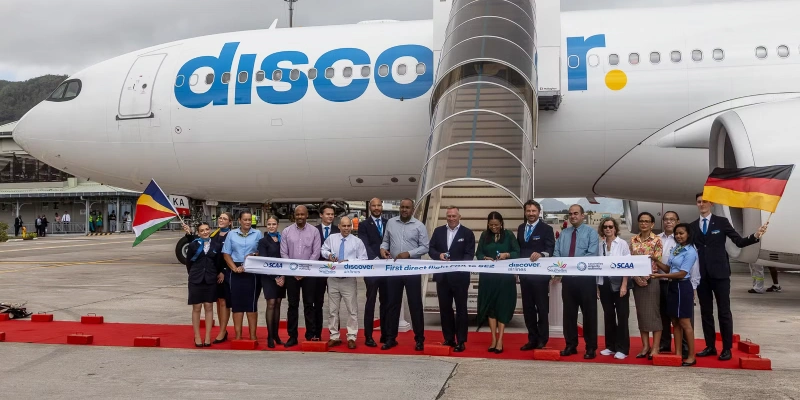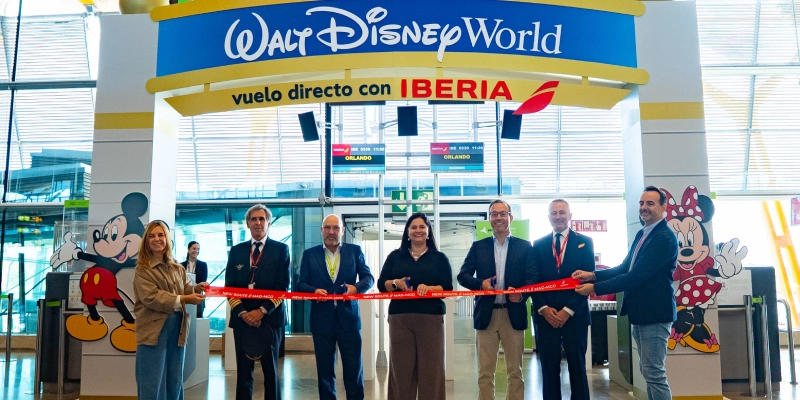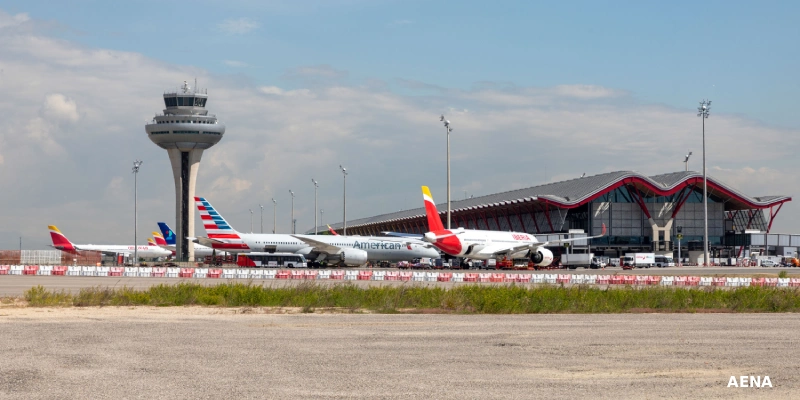LATAM Airlines became the first airline group in Latin America to use virtual reality to train its cabin crew. The use of this technology allows training to be carried out in less time, simultaneously and with more students. In addition, it is no longer necessary to have an aircraft on the ground to schedule training, which reduces costs in the long term.
The project began to take shape more than a year ago and the development of the technology took almost five months, during which time they worked together with the Japanese company NTT Data, in order to ensure that the procedures, images and details were exactly the same as the real cabins.
→ LATAM Airlines reported net income of US$146 million in the second quarter of 2024
“This methodology is complementary to the current training that the crew members carry out face-to-face at the CAE center for their practices. With virtual reality, 25 people can now practice simultaneously, with an average of eight to ten exercises completed in less than an hour, which was previously done individually, in four hours and for the same number of people,” said Ignacio Echeverría, Director of Internal Communications LATAM Airlines Group.
However, the immersive and repetitive practices in different critical scenarios have allowed students to better understand and adhere to the content taught.
Recently, this learning method for crew members was officially inaugurated in Chile, with a course on opening and closing the doors of an A320 aircraft, in which 30 people participated. In the coming months, training will be provided in emergency door opening, oven and bathroom fire and lithium battery fire. And once the five courses in Chile have been completed, the subsidiaries in Brazil, Colombia, Peru, Ecuador and Paraguay will evaluate the implementation of the training.
Related Topics
Discover Airlines Expands Its Network: Launches New Flights from Frankfurt to Seychelles and from Munich to Punta Cana
Iberia Launches Only Direct Connection Between Madrid and Orlando
Airlines Schedule Over 33.8 Million Seats at Madrid-Barajas Airport for Winter Season
Ryanair Boosts Presence in Murcia with New Winter Route to London Stansted for Winter 2025/26

Plataforma Informativa de Aviación Comercial con 13 años de trayectoria.




